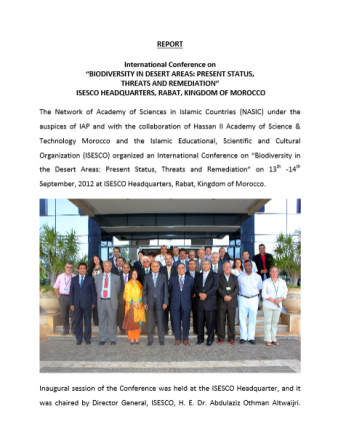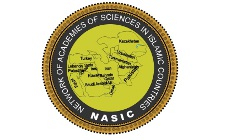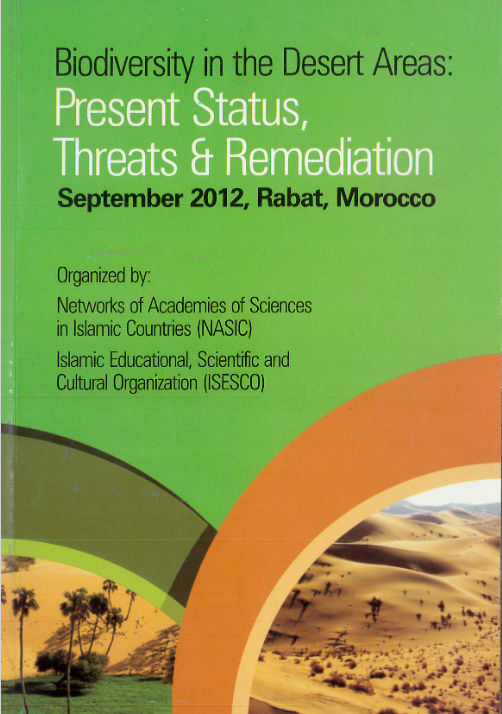Desert biodiversity
Deserts covers one fifth of the Earth’s land surface. Biodiversity includes all organisms, species, and populations. Due to harsh climate in deserts, only some of the most unusual plants and animals can survive in such regions. Most of them are succulents, which mean that they store water.
The great wealth of plant and animal life in desert areas are also an important source of local livelihoods. Many of the wild plants are an important source of food for local communities. Mushrooms, medicinal plants, honey, fruits, berries, leaves, young roots and shoots of many edible wild plants provide valuable nourishment and constitute an important food reserve especially during droughts which is a characteristic feature of these areas.
The desert biodiversity can be maintained and exploited sustainably by introducing community based resource management practices and establishment of ample protected areas for conserving threatened flora and fauna.
In order to mitigate the problem of biodiversity loss in these areas, efforts are required to provide alternate sources of energy to the rural communities such as solar, wind, biogas, etc. to reduce pressure on already fragile natural habitats which will lead to conserving biodiversity in desert ecosystems. In pursuing the biodiversity challenges in the desert, the Network shall collaborate with other Academies inside and outside the OIC countries.
For this, a three day international Conference/Workshop was proposed to gather the scientific community for sharing scientific endeavors and develop certain policies for remediation of the desertification process and biodiversity loss in desert ecosystems.
Biodiversity in desert areas: present status, threats and remediation
To download the full book 'Biodiversity in desert areas: present status, threats and remediation' as a PDF click here or on the cover below.
Contents:
-
Alarming prospects of biodiversity in Afghanistan's desert areas
-
Dynamic conservation of globally important agricultural heritage systems: for a sustainable agriculture and rural development
-
Protected areas: an effective way to conserve deserts ecosystems
-
Maintaining biodiversity in arid and semi-arid agricultural landscapes
-
International conference on conservation of biodiversity in the Saharan coastal ecosystems
-
Nexus of biodiversity loss in desert ecosystems, metagenomics and emerging infectious diseases
-
Egypt is hyper-arid
-
Environmental vulnerability, ecosystem services and climate change uncertainties in Morocco: a case study in the Tensift basin
-
Oued Ed-Dahab Bay (Moroccan Sahara, Dakhla): biological values, dysfunctions and vulnerability
-
Biodiversity in the desert in Algerian systems
-
The effects of climate change on agricultural biodiversity
-
Imlily Sebkha (Oued Ed-Dahab province, Morocco), an original Saharan wetland
-
National parks and biodiversity in Libya




